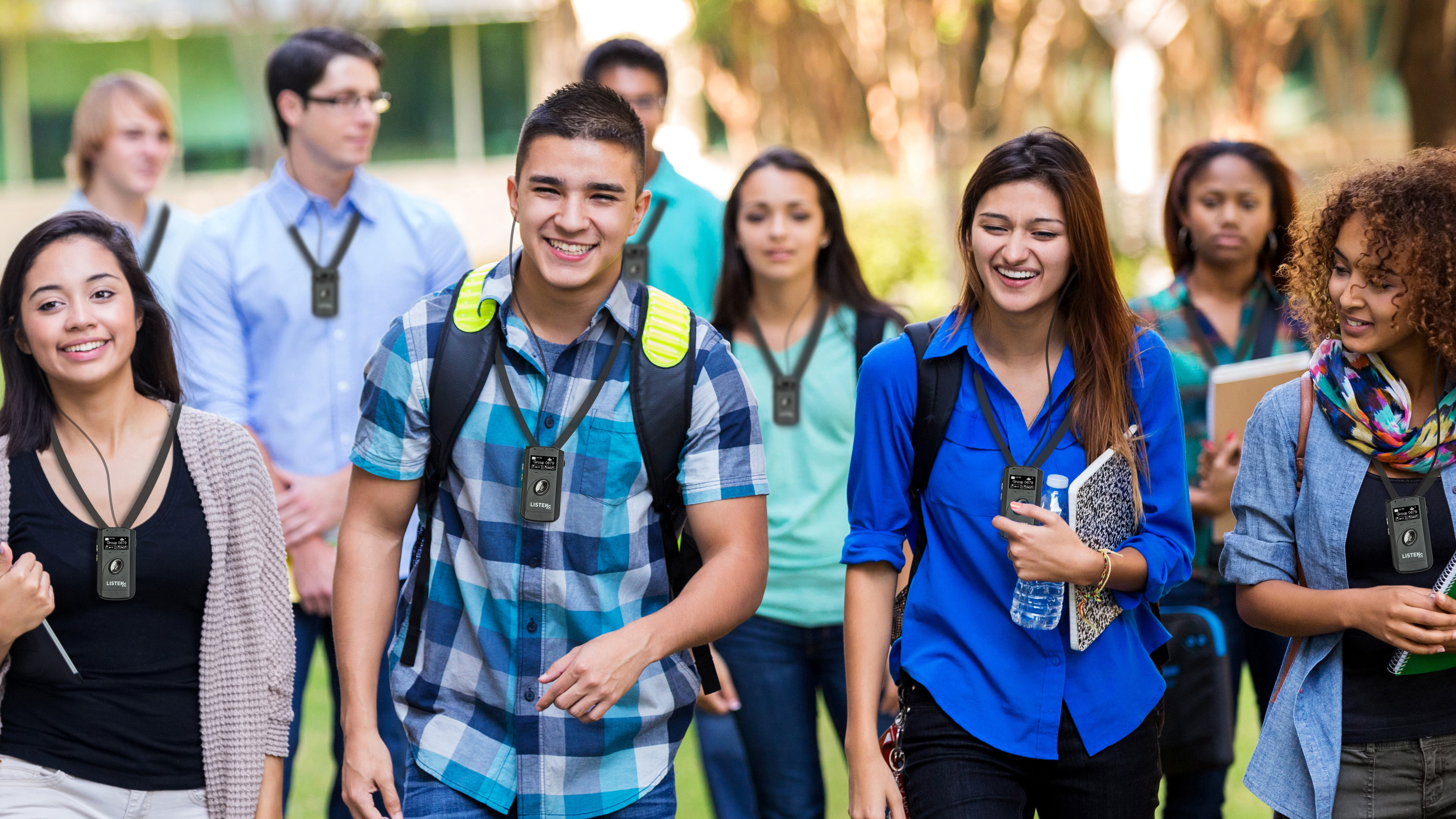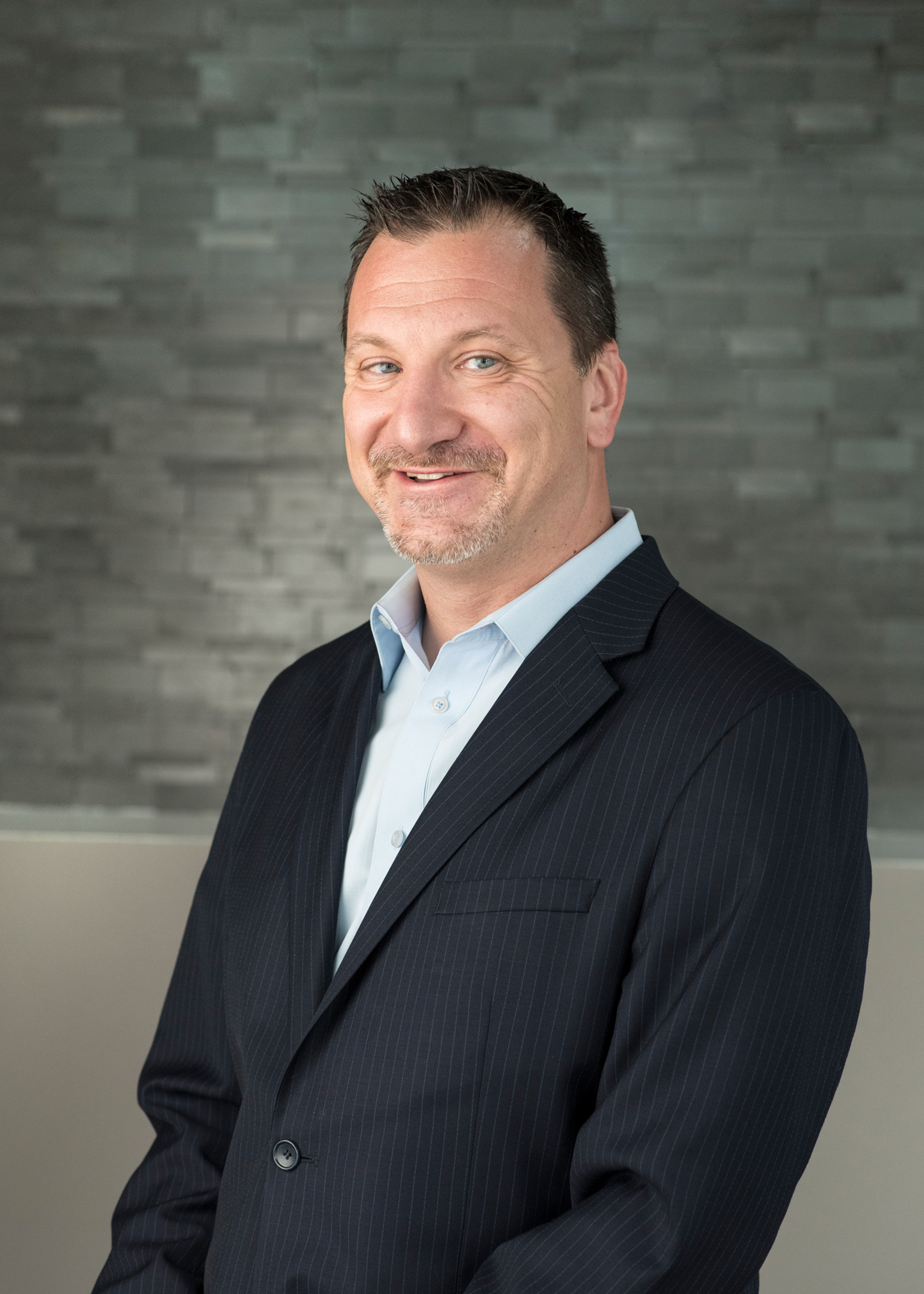Necessity is the mother of invention, and sometimes, repurposing. Educators and administrators have needed to adjust and adapt repeatedly these past 16 months. When schools closed in March 2020, teachers found alternative ways to connect with their students. They used FaceTime, Skype, and Zoom. Many navigated video conference breakout rooms for the first time and recorded lessons students could view later on demand. Schools held virtual proms and drive-in graduations.
[The Integration Guide to Education]
As some schools reopened for in-person learning, teachers adapted to wearing face masks, following new safety protocols, and operating in hybrid classrooms. Students who returned to school found desks spaced farther apart, sometimes across multiple classrooms, or they met in large auditoriums and outdoor spaces. Students at home joined their peers virtually for synchronous learning. Once again, educators adapted. They familiarized themselves with new technologies and repurposed existing tools to meet new needs and help students engage.
We saw this with Listen Technology's assistive listening products. We know of schools that used our tour guide solutions to overcome the audio challenges of poor acoustics, distance, background noise, face masks, and hearing loss in new or reconfigured classrooms. They even used this technology to help distance learners participate with in-person learners by connecting a transceiver to the teacher’s laptop so those at home could hear students in the classroom.
In other instances, schools already outfitted with RF assistive listening systems to accommodate students and teachers with hearing loss, used those same systems to ensure everyone could hear. Many also took advantage of their existing Wi-Fi networks and the prevalence of smart devices to install new (or make greater use of existing) audio-over-Wi-Fi systems. Students could download a free app and stream audio from a microphone, TV, laptop, or other school audio source to their smartphones and tablets or directly to Bluetooth-enabled hearing aids.
Teachers and administrators repeatedly were creative and adapted. They found ways to safely engage and keep teaching—whether students were attending classes in person or at home—often by reimagining and repurposing existing technology, particularly audio technology. And in the process, they discovered these were not just stopgaps while they waited for a return to what we knew as life before the pandemic. Yes, they were enabling people to hear each other while maintaining distance for safety, but everyone who used the audio solutions could hear more clearly, resulting in better engagement and comprehension.
And that’s important for many reasons. Hearing loss is on the rise among young people. The CDC estimates 12.5 percent of children and adolescents aged 6-19 years have suffered permanent damage to their hearing from excessive exposure to noise. Students may not even know they have hearing loss and may not struggle to hear in all situations. But many of the factors that make it challenging for all learners—those with and without hearing loss—to hear clearly now existed in academic environments before the pandemic and are likely to continue once schools are back to full capacity. Even when masks go away and desks can be moved closer together, there will be acoustic issues, teachers’ words will trail off when they turn away from students or move about a space, and loud HVAC systems and other ambient noise will be present.
If we can make it easier for everyone to hear and engage despite these challenges, why wouldn’t we? Maybe an unexpected positive of the many impacts the pandemic has had on administrators, educators, and students is greater accessibility. The assistive listening technologies once purchased or installed for discrete instances or to help a specific group of people benefited everyone when schools needed to maintain physical distance for safety.
Now, as many of the audio installation projects that were on hold over the last year start to move forward, there is greater focus on standardization and inclusion. Many schools are reconsidering the prevalence of Wi-Fi, ubiquity of smartphones, people’s comfort with technology, the versatility of listening solutions, and the impact of noise and hearing on learning. This past year has demonstrated that we can keep people safe without sacrificing instruction or engagement. Regardless of the challenges, we can ensure everyone hears clearly. It seems necessity is not only the mother of invention; she also is the inspiration for new thinking about inclusion.
Sam Nord is vice president of global sales at Listen Technologies, a leading provider of advanced wireless listening solutions for over 20 years.

